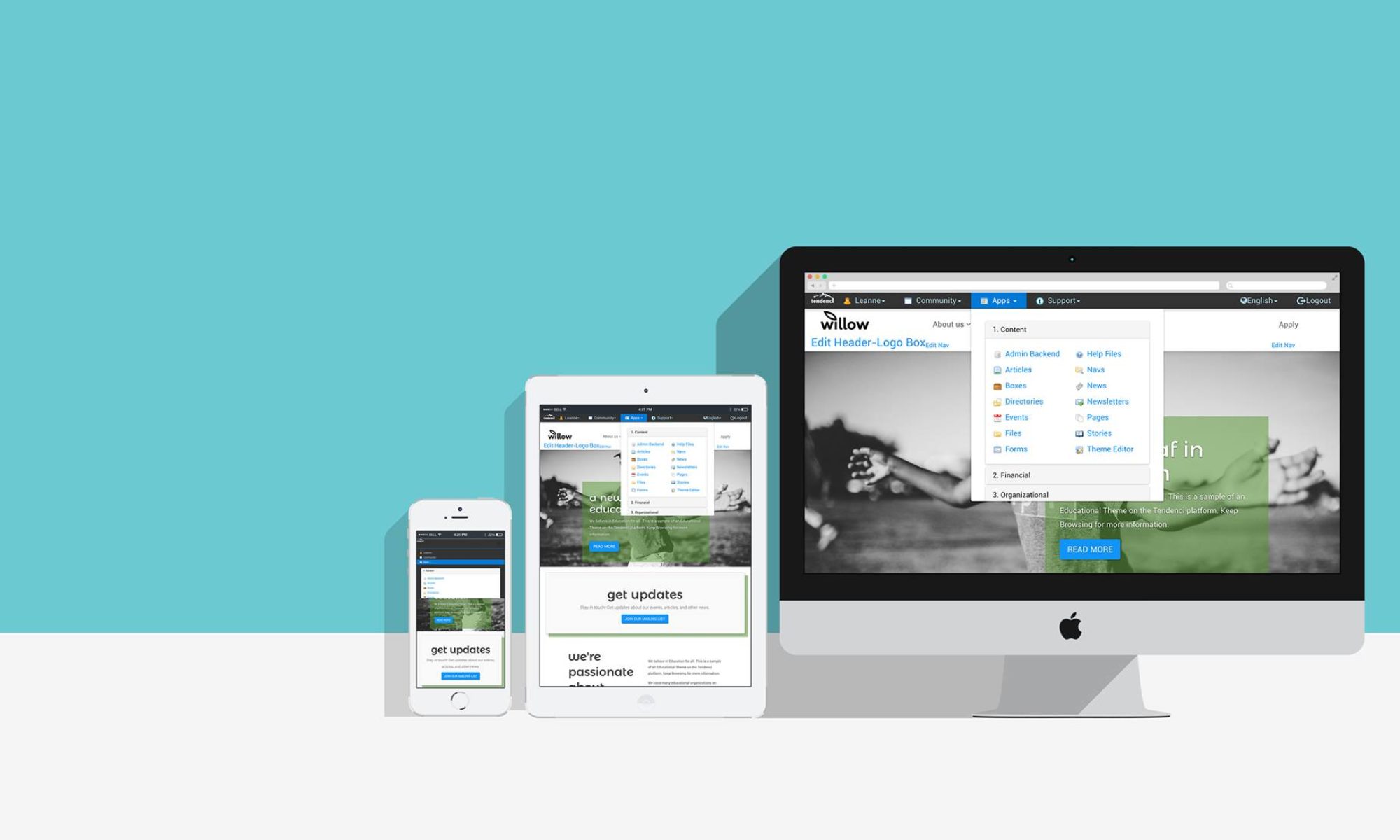The countdown to Christmas has started and the Holiday shopping season is in high-gear! We’ve put together some handy tips to make sure that your e-commerce website is ready to handle the increased traffic and provide a great experience for your customers so they’ll keep buying in 2012.
Deck Your Website Walls with Holly
Share your holiday spirit with your customers by adding holiday graphics to your homepage and make it easy for shoppers to find holiday-specific information on your website. Add a Gift Guide with a link from your homepage, offer a special sale item each day, and provide a link with holiday shipping rates and delivery times to your website. Come see the holiday homepage we designed for the Children’s Museum of Houston.
Email Your Customers a Cup of Cheer
During the holiday season, people expect to receive more frequent email newsletters from their favorite stores. Design and send holiday-themed email newsletters at least weekly with your seasonal products and sales. Find more great tips for your holiday email marketing in our DIY email marketing guide.
Remember Your Social Media Stocking Stuffers
Add a Santa hat to your organization’s Facebook and Twitter profile photos and share your holiday specials across your company’s social media channels. Promoting your products across LinkedIn, Facebook, Google+, Twitter and on your blog will attract new shoppers as well as share your seasonal goodies with your existing customers. Find even more great advice on your holiday social media marketing on our website.
Santa’s Got a Brand New iPhone
Today’s savvy shopper is on the go and that means there is a good chance they are visiting your website on a mobile smartphone or iPad. Make sure your website is optimized so customers can search and shop from a mobile device. A great mobile style sheet can drive traffic to your retail store as well and should include an address and telephone. Pull out your mobile phone and check out Schipul’s mobile style sheet.
Give the Gift of Security
Online shoppers want to know you won’t take their credit cards for a sleigh ride when they purchase online. Check to make sure your SSL certificate is installed correctly and up to date and protect your customers’ personal and financial data. We recommend heading over to GoDaddy’s FAQ for SSL certificate help: http://www.godaddy.com/ssl.
Keep Purchases from Getting Lost in a Snow Storm
You want to make sure the rush of shoppers to your website doesn’t take your site down. Now is the time to make sure your hosting environment can handle big increases in traffic. Schipul hosts our clients’ websites in a cloud-environment that expands and supports site usage spikes affordably. Give us a call if you are looking to update your website hosting environment and have questions.
Show Online Shoppers that Christmas Sweater is Haute
Enhance your customers online shopping experience with product videos and images and increase your holiday sales. You’ll want to make sure your website has the functionality to support digital media first, and then use professional equipment and lighting so your clients can “touch and feel” your products from your website. For those new to using online video to sell products, check out the VideoCommerce.org’s Holiday Shopping Video Tips Article.
Start Planning for the New Year
Keep increasing your sales year round by reviewing and updating your search engine marketing strategy. Here is a great Holiday SEM slideshare by our very own Jonti Bolles and you can find a ton of free training and tools to boost your website ranking in search engines online at the Schipul SEM Blog.
We recommend updating your shopping cart to the latest version to ensure a smooth holiday shopping experience for both your customers and your staff. If you are looking to add a shopping cart to your website, check out these great shopping carts and then contact us to find out more about adding e-commerce to your website!
Drupal CMS – Ubercart
WordPress CMS – Shopp plugin
Tendenci CMS – Shopify







